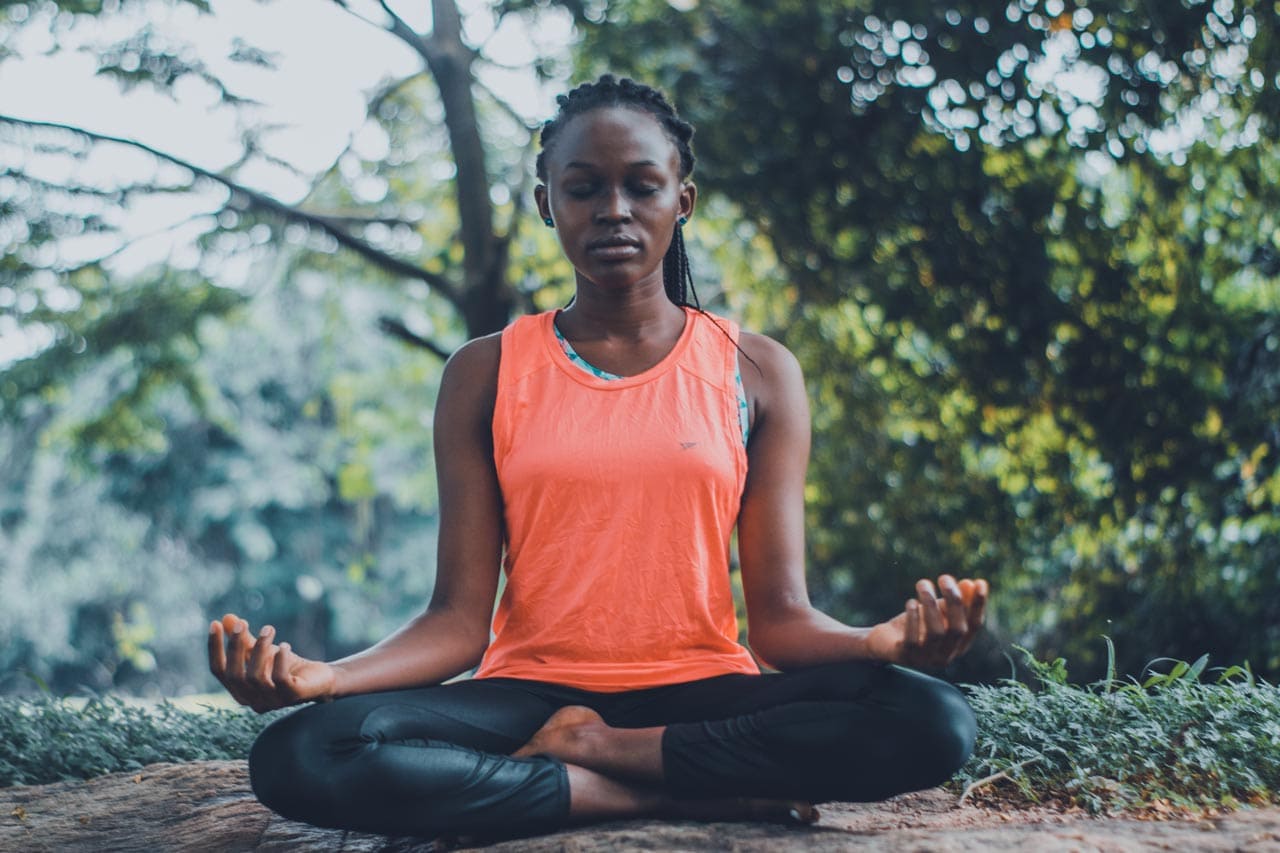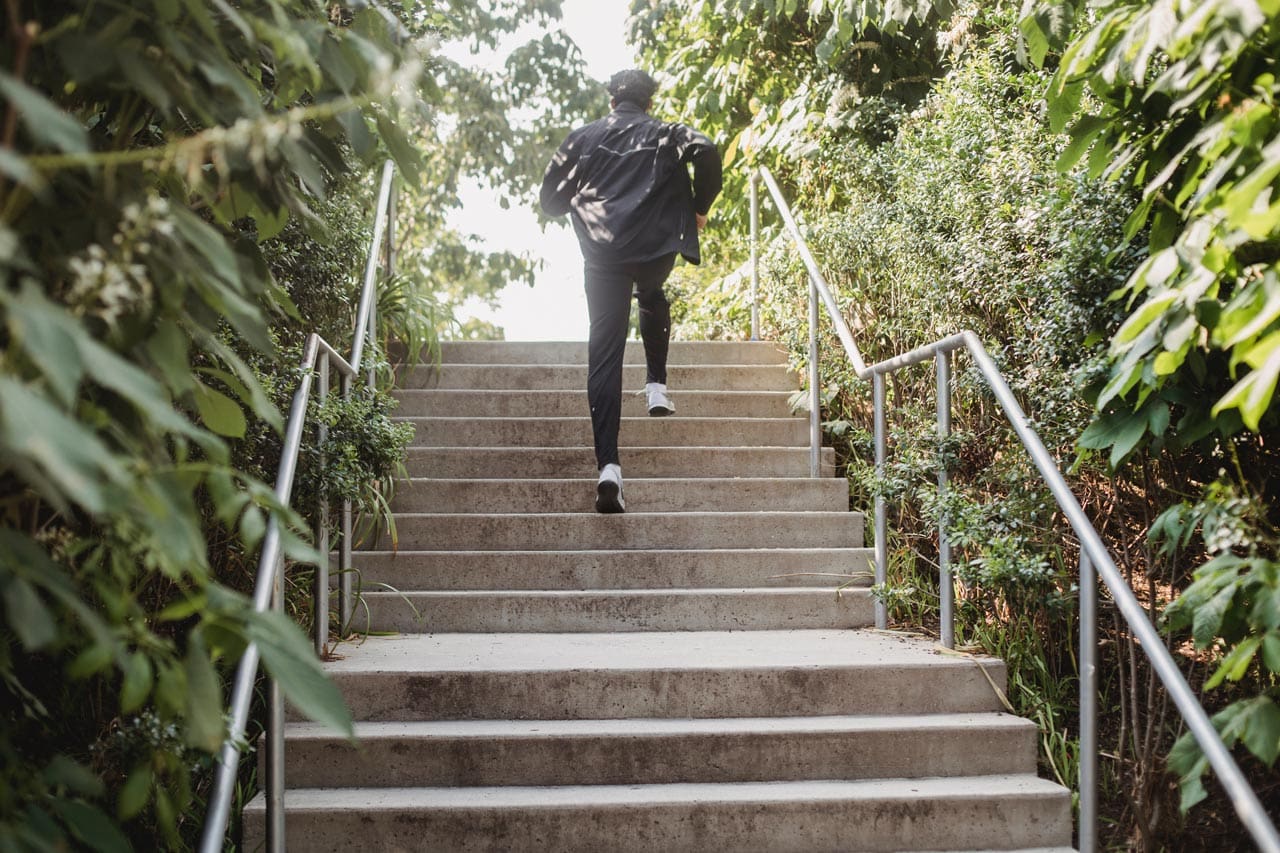Mediation is perhaps the quintessentially internal pursuit: the mind turned inward, examining itself. So, it’s perhaps surprising that almost every meditation tradition pays close attention to the physical posture of meditation. Why should this external addon to meditation be so important? And does it really matter so much?
Different Traditions, Similar Postures
While every meditation tradition has its own preferred posture, there are constants across these recommendations. Most schools recommend sitting on the floor with legs either simply crossed or in a half or full lotus position. Getting the knees lower than the hips with a pillow or low seat under the sitting bones is recommended as a way to encourage a slight forward tipping of the pelvis which invites the graceful low back curve (lordosis). A balanced spinal posture is emphasized almost universally, likely because it allows one to sit without requiring any muscular tension to resist gravity, instead relying on the geometry of the bony spine to provide support. Similarly, balancing the head weightlessly on the top of an erect but relaxed spine allows the neck to relax. It’s usually recommended that the hands rest in one’s lap or on one’s knees to encourage the shoulders and arms to relax.
While most meditation schools recommend sitting on the floor, all make allowances for sitting in a chair if sitting on the floor is too difficult. Indeed, Transcendental Meditation recommends sitting comfortably in a chair, or, even more heretically, in a recliner with a comfortable back rest. Even more traditional schools of meditation recommend a chair for those whose hips, knees, or back may no longer allow for comfortable sitting on the floor.
Why Posture Matters
We’ve long known that one’s internal mental state can be reflected in posture in both positive (“Standing tall”) and negative (“He has the weight of the world on his shoulders”, “hang your head”) contexts. But it turns out that communication between the mind and body is a two-way street, and our posture can directly affect our mental state. The clearest example of posture’s effect on the brain is that we lie down to invite sleep; while one can sleep while sitting up, it’s far more difficult.
But there are also subtler examples. For example, sitting in a slumped posture predisposes to depressed thoughts.1 Perhaps more surprisingly, our posture affects our ability to do math. In a recent study of 125 students, those who were asked to sit up straight performed significantly better than those who were asked to sit with a slumped posture2. The mechanism by which posture affected affect was a source of puzzlement for quite some time, but a breakthrough by the Italian neurobiologist Gizcomo Rizzolatti in the late 20th explained the puzzle.
Mirror neurons alert the brain that it’s now time to meditate.
Mirror neurons were discovered in the 1990’s but their importance wasn’t immediately appreciated. Rizzolatti and co-workers found while recording from individual brain cells in macaque monkeys that some neurons fired not only when the animal picked up a peanut, but also when the monkey saw another individual (monkey or human!) pick up a peanut. Because the monkeys were aware of their own internal feelings, these neurons provided a bridge that allowed them to feel what another individual was feeling simply by observing them. Moreover, it turns out that these neurons provide a mechanism by which deliberate control of motor behavior (e.g. posture) and its consequent proprioception and interoception can regulate emotions and affect feelings (e.g. meditation).3 No wonder meditative traditions emphasize posture; posture provides a direct, neurophysiologic connect that can help facilitate meditation.
The Three Structural Elements of Will Johnson
Turns out entire books have been written about the importance of posture in meditation. In his book The Posture of Meditation (2020, second edition) Will Johnson succinctly summarizes the three essential structural elements required for meditation: alignment, relaxation, and resilience. Alignment and relaxation are largely self-explanatory, and related: an aligned spine requires little muscular effort to remain upright in gravity and so allows relaxation. “Resilience” Johnson defines as “constant subtle movement”, and is essential because it avoids the muscular tension required to sit absolutely immobile. Johnson notes that breathing requires slight rebalancing, and so some rebalancing is unavoidable. But the movements required may be so subtle that they are invisible to outside observers. So, essential, but invisible.
Active sitting?
Johnson wrote his book unaware of active sitting, but his three principles underlying meditative posture almost exactly recapitulate active sitting. The unstable seat of an active chair encourages an upright, relaxed posture, and requires constant, subtle balancing, or “resilience” in Johnson’s phrasing.
So, if you’ve aged out of sitting comfortably on the floor and wish to continue, or perhaps begin, a meditation practice, active sitting checks a lot of boxes.
Theory and practice
But this is all just theory. What about in practice? Does active sitting actually facilitate meditation? While there’s not any research looking into this, we have one long time meditator friend who credits active sitting with allowing him to continue his practice when his progressive hip disease made sitting on the floor impossible. I wrote about Alex’s experience in an earlier blog Mindful Sitting.
Enlightenment while you work?
As Will Johnson put it: “Alignment, relaxation and resilience are ultimately capable of transforming consciousness itself.” (p. 95 The Posture of Meditation). Seems like a lot to expect from furniture, but these are the attributes of active sitting, so, maybe? But you’ll have close all your browser tabs.
1Sitting Time, Fidgeting, and All-Cause Mortality in the UK Women's Cohort Study
2Do better in math: How your body posture may change stereotype threat response





Leave a comment
All comments are moderated before being published.
This site is protected by hCaptcha and the hCaptcha Privacy Policy and Terms of Service apply.